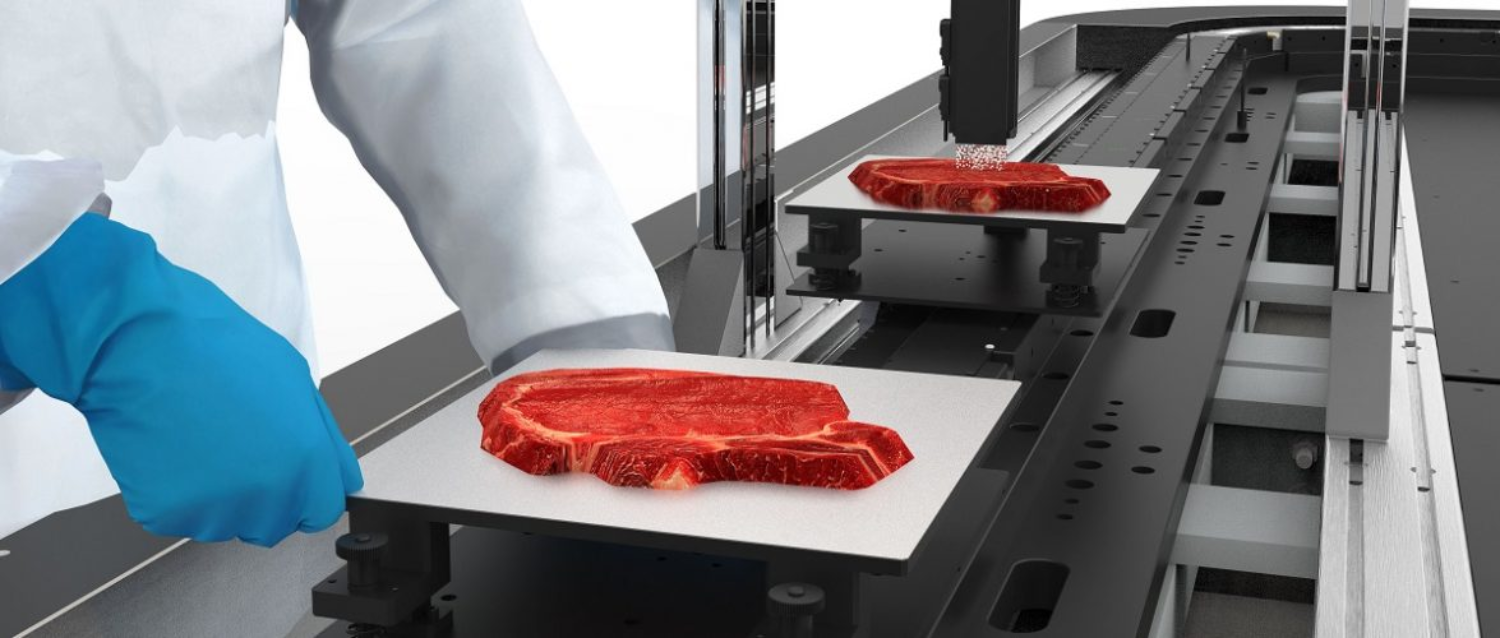In the realm of food futures, we often joke that if you follow any foresight process far enough, you inevitably end up predicting the same tired future scenario about drone-delivered meal kits personalized to the customer’s genetics. That vision isn’t a particularly ridiculous or provocative future — and that’s a problem. Foresight processes can be very useful for helping you navigate the wide-open possibility space of the future, but if you allow them to become too mechanical, they can also narrow your thinking to the point where all forecasts start to feel “samey.” At IFTF, we often say that forecasting is an art as much as a science. As such, it’s important to understand how to maintain the creative side of things.
One possibility for injecting more varied creativity into a foresight project is expanding your horizon scanning process to include science fiction (or more accurately, speculative fiction) media. However, you can’t treat that media in the same way that you would other types of futures evidence, like signals or drivers of change.
Fiction lies on the far end of a spectrum of speculative versus real evidence. Whereas most people are comfortable with hard data as rationale for making change, hardly anyone expects to use ideas from sci-fi movies or books as solid evidence to make real-world decisions. That’s reasonable, of course; the stories that a fiction writer imagines don’t provide measurable information that helps prove a factual claim. However, they can hint at societal fears or desires for the future through exploring wild, entertaining concepts that flirt with the edges of plausibility. Like Jacques Barcia, IFTF Research Fellow, says, science fiction “offers relevant parallels” to present-day changes going on in our world. Foresight doesn’t seek to predict outcomes, as Barcia notes, but to provide a better lens for examining possible futures.
Renowned futurist Jim Dator said “any useful statement about the future should at first seem ridiculous.” Mining speculative fiction can help forecasts hone their edge of ridiculousness, and ultimately function as better-rounded foresight. The ultimate goal of foresight is to become prepared for the unknowable future by widening our “cone of possibilities,” or the set of futures that we consider possible. When forecasts or scenarios tend towards the near-term or don’t tell a compelling story of a plausible yet provocative future, looking for more present-day data might not actually help — it can constrain us to only considering what’s most obvious.
Here’s where speculative fiction can help. I’ve facilitated workshops where burgeoning foresight practitioners take exciting signals of 3D food printing and extrapolate them to create the future scenario of their same existing food product – just printed instead of manufactured traditionally. Fiction has toyed with the possibilities of 3D printed food long before the technology became viable, so it can provide much more nuanced futures: In the short story “A Series of Steaks” by Vina Jie-Min Prasad, an expert cultured meat fabricator counterfeits t-bone steaks in a future where real meat is sold as a luxury. This sort of creative thinking gives us a much richer starting point for thinking through future possibilities — it hints at not only technological and product innovation, but new jobs that might exist, ways that people will interact, how people might misuse these technologies, and other nuanced aspects of the future. A deeper dive into all the ways that fiction has explored the implications of the technology would reveal even more subtleties to consider.

Science fiction flirts with the edges of plausibility and allows foresight practitioners to break free from constrained, narrow thinking.
Image by Kr-AsiaWhile fiction is going to aid evidence-based decision-making, it can act as a theoretical testing ground for new ideas and implications of emerging shifts. Fortunately, the way to incorporate it into your foresight practice is simple: Consume more speculative fiction with a critical eye towards what ideas it might be examining.
Want to receive free tips, tools, and advice for your foresight practice from the world's leading futures organization? Subscribe to the IFTF Foresight Essentials newsletter to get monthly updates delivered straight to your inbox.
Ready to become a professional futurist? Learn future-ready skills by enrolling in an IFTF Foresight Essentials training based on 50+ years of time-tested and proven foresight tools and methods today. Learn more ».